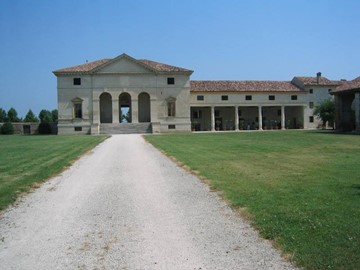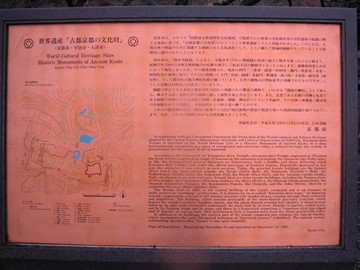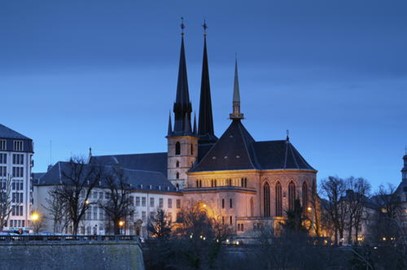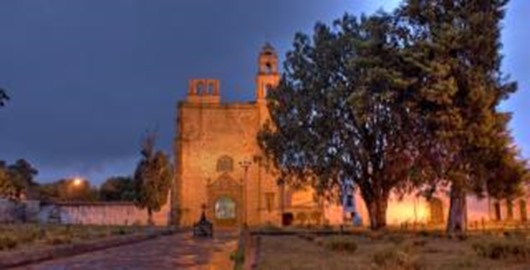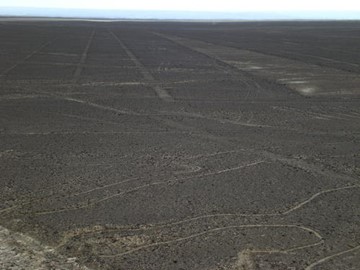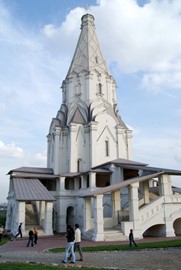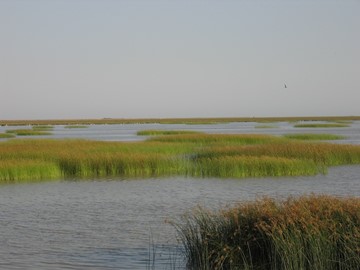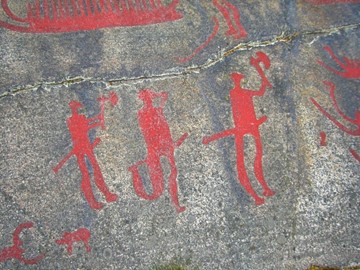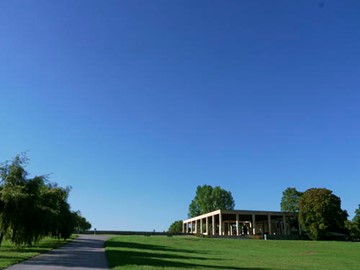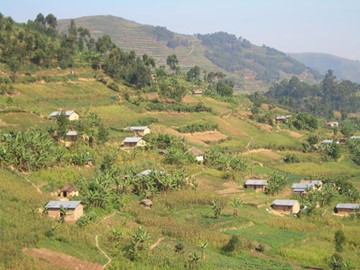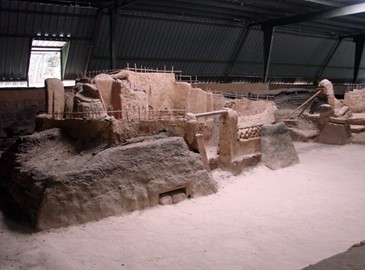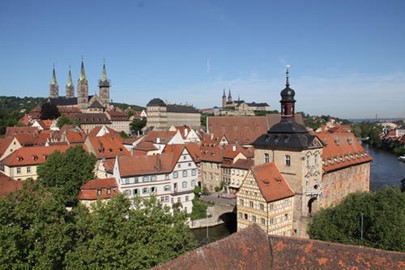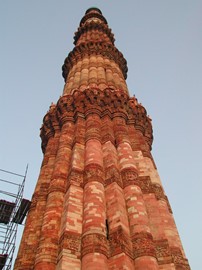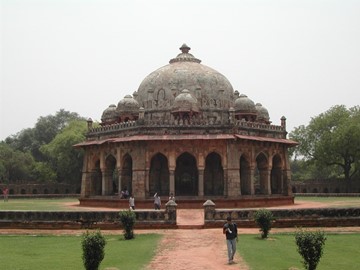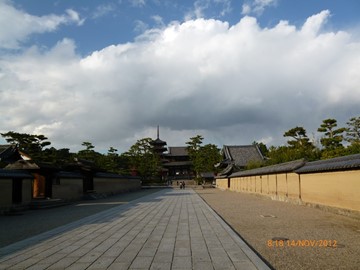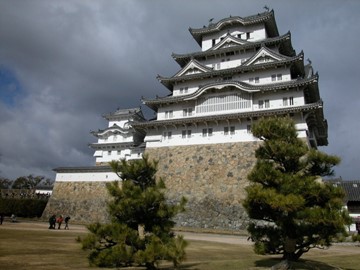search
Vicenza
Vicenza and the Palladian Villas of the Veneto, a UNESCO World Heritage site in Italy, exemplify the architectural genius of Andrea Palladio, a 16th-century Renaissance master. The site includes the city of Vicenza, renowned for its elegant palaces and public buildings like the Basilica Palladiana, and a collection of villas scattered across the Veneto region, showcasing Palladio’s innovative designs. These structures blend classical symmetry with functional beauty, influencing architectural styles worldwid... Read More
Kyoto, Uji and Otsu
The Historic Monuments of Ancient Kyoto, a UNESCO World Heritage site in Japan, encompass a collection of temples, shrines, and palaces that exemplify the architectural and cultural brilliance of Japan’s former imperial capital. Highlights include the serene Kinkaku-ji (Golden Pavilion), the expansive Nijo Castle, and the sacred Fushimi Inari Shrine, known for its iconic red torii gates. Recognized for their historical and aesthetic value, these landmarks reflect centuries of Buddhist and Shinto traditions ... Read More
Vilnius
Vilnius Historic Centre, a UNESCO World Heritage site in Lithuania, is renowned for its well-preserved medieval architecture and rich cultural history. The old town features a blend of Gothic, Renaissance, and Baroque styles, with notable landmarks like the Cathedral Square and Gediminas Tower. Its cobblestone streets and historic buildings reflect centuries of European influence, making it a significant cultural treasure.
Luxembourg Old Quarters
Luxembourg Old Quarters, a UNESCO World Heritage site, is a historic gem featuring a well-preserved medieval fortress, winding cobblestone streets, and charming architecture. This picturesque district showcases a blend of military heritage and cultural landmarks, including ancient ramparts and underground casemates, reflecting its strategic past. Visitors can explore its scenic beauty and rich history, making it a must-see destination in Luxembourg.
Popocatepetl Monasteries
The Popocatepetl Monasteries, a UNESCO World Heritage site in Mexico, are a collection of 14th and 15th-century monasteries built by Augustinian, Franciscan, and Dominican friars. These well-preserved structures showcase a unique blend of European architectural styles adapted to the local environment, reflecting the early evangelization efforts in the New World. Notable for their historical and cultural significance, the monasteries feature impressive frescoes, altarpieces, and layouts that influenced later... Read More
Nasca and Palpa
The Lines and Geoglyphs of Nasca and Palpa, a UNESCO World Heritage site in Peru, are a remarkable collection of ancient earthworks created by the Nasca culture between 500 BCE and 500 CE. These massive designs, etched into the desert floor, include straight lines, geometric shapes, and detailed figures of animals and plants, visible primarily from the air. Scholars believe they served ceremonial or astronomical purposes, reflecting the Nasca people's sophisticated understanding of their environment and cos... Read More
Church of the Ascension, Kolomenskoye
The Church of the Ascension in Kolomenskoye, a UNESCO World Heritage site in Russia, is a remarkable example of early Russian architecture. Built in 1532 to commemorate the birth of Ivan the Terrible, this white stone church features a distinctive tent-shaped roof, a pioneering design in Russian ecclesiastical structures. Its elegant, upward-soaring form symbolizes a connection between heaven and earth, reflecting the spiritual aspirations of its time. Today, it stands as a well-preserved monument, offering... Read More
Doñana
Doñana National Park, a UNESCO World Heritage site in Spain, is a vital biodiversity hotspot renowned for its diverse ecosystems, including marshes, dunes, and forests. It serves as a critical habitat for numerous species, such as the Iberian lynx and migratory birds, while also supporting unique flora. The park’s ecological significance and natural beauty make it a key conservation area and a testament to Spain’s rich environmental heritage.
Rock Carvings in Tanum
The Rock Carvings in Tanum, a UNESCO World Heritage site in Sweden, are an exceptional collection of Bronze Age petroglyphs dating back to 1800–500 BCE. These ancient artworks, etched into smooth rock surfaces, depict a vivid array of human figures, animals, boats, and weapons, offering a glimpse into the daily life, beliefs, and rituals of prehistoric communities. Recognized for their outstanding universal value, the carvings provide a remarkable archaeological record of northern Europe's early societies.
Skogskyrkogarden
Skogskyrkogården, a UNESCO World Heritage site in Sweden, is a remarkable cemetery designed by architects Gunnar Asplund and Sigurd Lewerentz between 1917 and 1920. Known for its harmonious blend of nature and modernist architecture, it features serene landscapes, minimalist chapels, and a tranquil atmosphere that reflects Scandinavian design principles. The site serves as both a functional burial ground and a cultural landmark, attracting visitors for its historical significance and peaceful beauty.
Safranbolu
The City of Safranbolu, a UNESCO World Heritage site in Turkey, is renowned for its well-preserved Ottoman architecture and historical significance. This charming city features traditional wooden houses, cobblestone streets, and ancient mosques, offering a glimpse into Turkey’s rich cultural past. Once a thriving trade hub along the Silk Road, it is particularly famous for its saffron production, which inspired its name. Today, Safranbolu attracts visitors with its authentic ambiance and historical landmark... Read More
Bwindi Impenetrable
Bwindi Impenetrable National Park, a UNESCO World Heritage site in Uganda, is renowned for its rich biodiversity and dense, ancient rainforest. It is home to nearly half of the world’s endangered mountain gorilla population, offering a sanctuary for these majestic creatures. The park also supports a variety of other wildlife, including rare birds and primates, alongside unique plant species thriving in its rugged terrain. This ecological treasure draws researchers and eco-tourists eager to explore its natur... Read More
Rwenzori Mountains
The Rwenzori Mountains, a UNESCO World Heritage site in Uganda, are a stunning range known for their snow-capped peaks, including Margherita Peak, the highest point at 5,109 meters. Often called the 'Mountains of the Moon,' they feature diverse ecosystems, from lush montane forests to alpine meadows, supporting unique flora and fauna like the Rwenzori turaco. The range is also a vital water source, feeding rivers and lakes, with glacial landscapes adding to its dramatic beauty.
Canaima
Canaima National Park, a UNESCO World Heritage site in Venezuela, is renowned for its stunning natural beauty, featuring dramatic tepuis (table-top mountains), lush rainforests, and cascading waterfalls, including the world-famous Angel Falls, the highest uninterrupted waterfall on Earth. The park is a biodiversity hotspot, home to unique flora and fauna, such as the carnivorous pitcher plants and the elusive jaguar. It also holds cultural significance, with indigenous Pemon communities living harmoniously ... Read More
Ha Long Bay
Ha Long Bay, a UNESCO World Heritage site in Vietnam, is renowned for its stunning natural beauty, featuring thousands of limestone karsts and emerald waters. This iconic seascape, dotted with dramatic islands, caves, and floating villages, showcases a unique blend of geological wonders and cultural heritage. Its biodiversity and striking landscapes make it a globally celebrated destination for travelers and nature enthusiasts.
Arabian Oryx Sanctuary
The Arabian Oryx Sanctuary, a UNESCO World Heritage site in Oman, is a protected reserve renowned for its successful conservation of the Arabian oryx, a species once extinct in the wild. Established to safeguard this iconic antelope, the sanctuary showcases a unique desert ecosystem with diverse flora and fauna, including rare migratory birds and endemic plants. Its recognition by UNESCO highlights its global significance as a model for wildlife preservation and sustainable environmental management. Visitor... Read More
Joya de Cerén
Joya de Cerén, a UNESCO World Heritage site in El Salvador, is an ancient Maya farming village famously preserved by volcanic ash from an eruption around 600 AD. Often called the 'Pompeii of the Americas,' it offers a rare glimpse into daily life with intact structures, tools, and crops like maize and manioc. Discovered in 1976, this archaeological treasure showcases the resilience and ingenuity of its pre-Columbian inhabitants.
Maulbronn Monastery
Maulbronn Monastery, a UNESCO World Heritage site in Germany, is a remarkably preserved medieval Cistercian complex founded in 1147. Its Romanesque and Gothic architecture includes a grand church, cloisters, and monastic buildings, showcasing monastic life’s simplicity and ingenuity. Surrounded by fortified walls, it reflects centuries of religious and cultural history. The site features an innovative water management system, highlighting medieval engineering. This tranquil complex offers a vivid glimpse in... Read More
Bamberg
Bamberg, a UNESCO World Heritage site in Germany, is a medieval town renowned for its well-preserved historic center. Built on seven hills, it features a striking cathedral, half-timbered houses, and a unique old town hall perched over a river. The town reflects a blend of Romanesque and Baroque architecture from the 11th to 18th centuries. Known for its brewing heritage, it exudes a timeless charm. This site offers a captivating glimpse into Germany’s cultural and architectural past.
Qutb Minar
Qutb Minar, a UNESCO World Heritage Site in India, is an iconic 13th-century victory tower standing as one of the tallest brick minarets in the world. Built by Qutb-ud-din Aibak, the founder of the Delhi Sultanate, it showcases intricate Indo-Islamic architecture with detailed carvings and inscriptions. The site also includes historic structures like the Quwwat-ul-Islam Mosque and the Iron Pillar, reflecting a blend of cultural influences. It remains a significant monument, symbolizing India's rich medieval... Read More
Humayun's Tomb
Humayun's Tomb, a UNESCO World Heritage site in Delhi, India, is an architectural marvel commissioned in 1565 by Empress Bega Begum for her husband, Emperor Humayun. This grand mausoleum, built from red sandstone and white marble, showcases Mughal design with its symmetrical layout, arched entrances, and Persian-style charbagh garden. It served as an inspiration for later monuments, including the Taj Mahal, and stands as a testament to the dynasty's cultural and artistic legacy. Today, it remains a signific... Read More
Brú na Bóinne
Brú na Bóinne, a UNESCO World Heritage site in Ireland, is a prehistoric landscape renowned for its ancient passage tombs, including the iconic Newgrange, Knowth, and Dowth. Dating back over 5,000 years, these monumental structures feature intricate megalithic art and align with solar events, reflecting the sophisticated astronomical knowledge of Neolithic people. This archaeological complex stands as a testament to early human engineering and cultural heritage.
Matera
Matera, a UNESCO World Heritage site in Italy, is renowned for its ancient cave dwellings, known as 'Sassi,' carved into the limestone cliffs. This unique urban landscape features a network of prehistoric homes, churches, and cisterns, showcasing a continuous human settlement from the Paleolithic era to today. Its historical significance and striking architecture highlight a remarkable adaptation to the rugged terrain.
Horyu ji
The Buddhist Monuments in the Horyu-ji Area, a UNESCO World Heritage site in Japan, represent one of the oldest surviving wooden architectural ensembles in the world, dating back to the 7th and 8th centuries. This collection includes the Horyu-ji temple and its pagoda, showcasing early Buddhist art and architecture influenced by Chinese and Korean styles. Recognized for its historical and cultural value, it offers insight into the spread of Buddhism and its impact on Japanese civilization.
Himeji jo
Himeji-jo, a UNESCO World Heritage site in Japan, is an exemplary masterpiece of traditional Japanese castle architecture. Known as the 'White Heron Castle' for its elegant, white-plastered walls, this well-preserved feudal-era fortress features an intricate defensive design with multiple towers, gates, and moats. Its historical and cultural significance lies in its representation of samurai-era engineering and aesthetics, offering insight into Japan’s medieval past.
